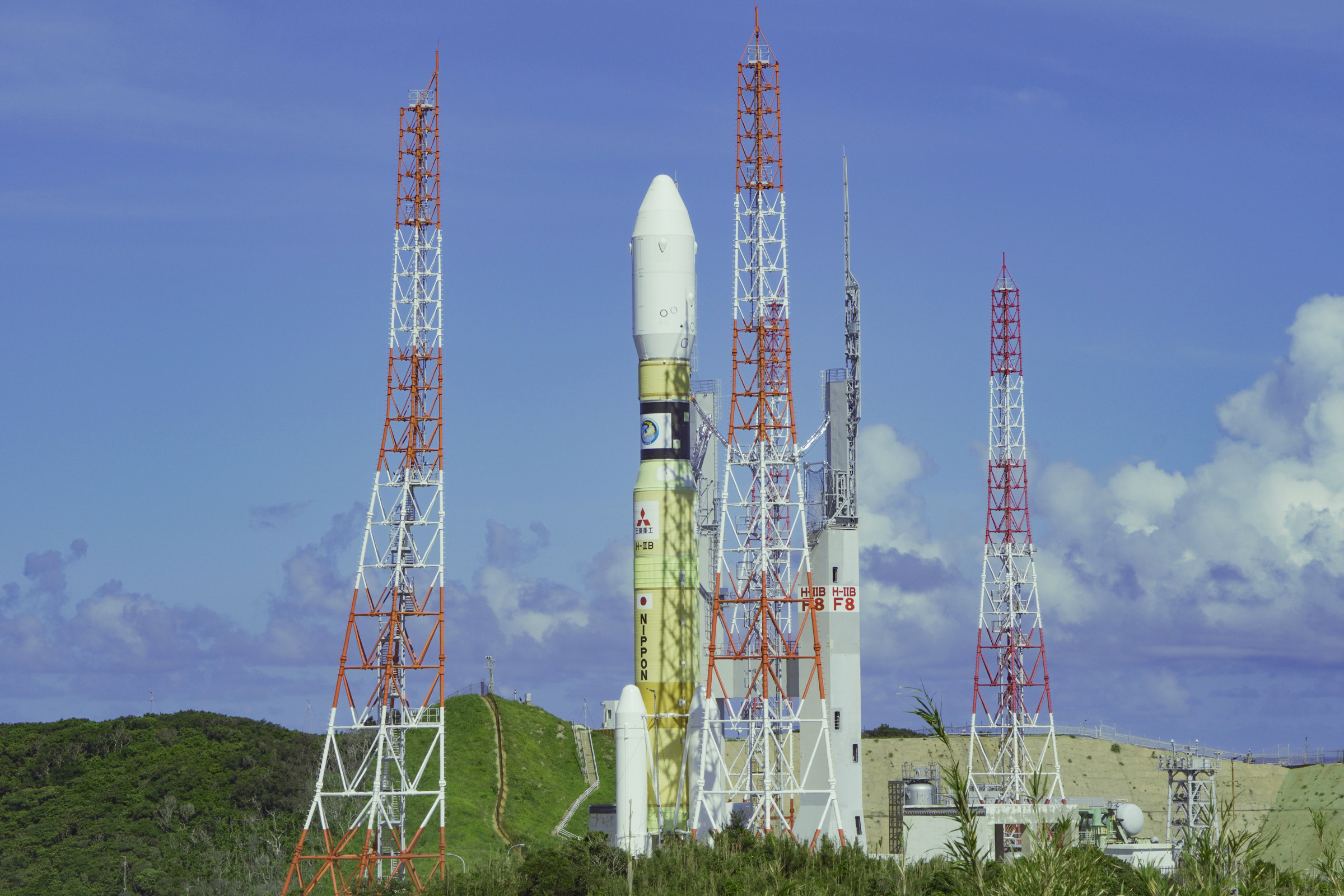INSUBCONTINENT EXCLUSIVE:
After a setback last week due to a fire on the launch pad, Mitsubishi Heavy Industries (MHI) is ready to take another shot at its HTV-8
mission to deliver supplies and other payloads to the International Space Station
The launch was originally scheduled for September 11, but the fire caused a scrub and led to a subsequent investigation to determine the
The new window is an instantaneous one set for 1:30 AM JST on September 24 (12:30 PM/ 9:30 PM ET/PT on September 23).
The investigation has
now revealed that the fire, which was extinguished and resulted in no lasting damage to the rocket or its cargo, was most likely caused by
built-up static electricity created by oxygen dripping from the exhaust for tof the rocket engine during propellant feeling
MHI has taken the steps necessary to correct for this problem, and say that the rocket and launch facilities are now fully functional and
ready to go for this renewed launch attempt.
The H-IIB rocket used for this launch (the configuration of MHI M-II series rocket that has the
highest lift capacity) will carry supplies, as mentioned, as well as a cubesat launcher with a number of small satellite payloads for
various academic and commercial customers
The H-IIB features one central booster and engine with liquid oxygen propellant, and four solid fuel boosters attached to the base of the
rocket for additional lift
It can transfer up to 18,000 lbs to geostationary transfer orbit.
This is the second to last mission for the H-IIB, with its final mission
After that, MHI has been hard at work on the H3, a fully expendable launch vehicle currently under development that specifically aimed at
serving more commercial customers with total launch costs that are more or less on par with emerging competitors like SpaceX for medium

